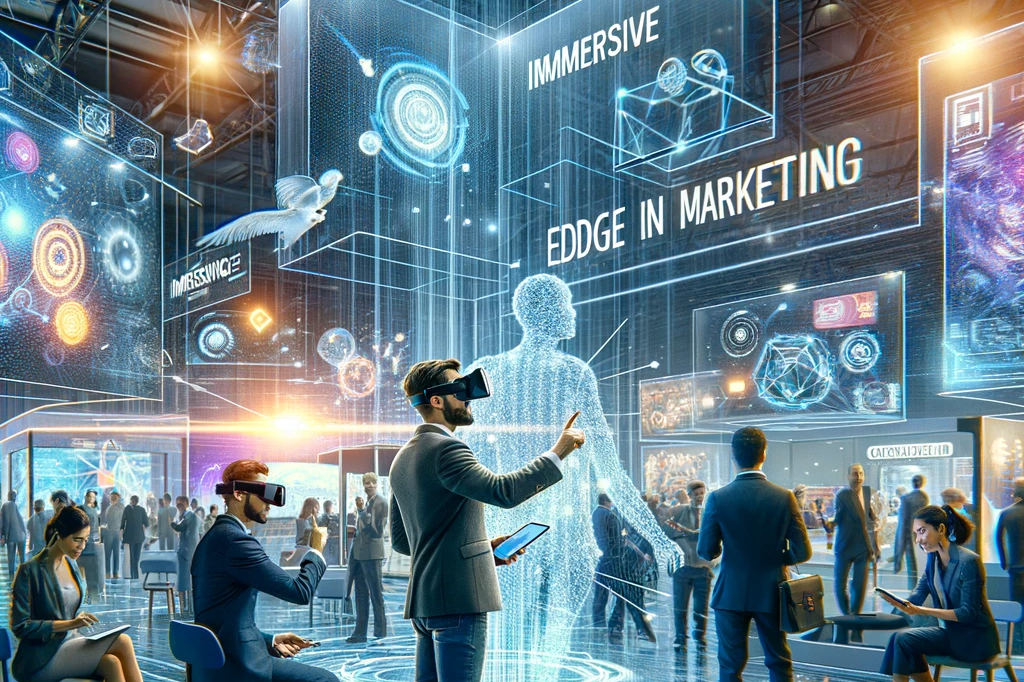Introduction
In the quest for a competitive edge, marketers are turning to Augmented Reality (AR) to create immersive and interactive brand experiences. AR’s ability to merge the digital with the physical world opens up a realm of possibilities for innovative marketing.
The Impact of AR on Consumer Behavior
AR has the potential to change the way consumers interact with brands. It can turn passive observers into active participants, creating a deeper level of engagement and a stronger emotional connection to the brand.
AR in Retail: A Case Study
Retailers are at the forefront of AR adoption. A notable example is a shoe brand that uses AR to allow customers to try on shoes virtually, leading to increased engagement and a higher conversion rate.
Best Practices for AR in Marketing
To effectively utilize AR, marketers should focus on creating value driven experiences. This means ensuring that AR experiences are not only novel but also useful, enhancing the customer’s interaction with the product or brand.
Overcoming the Challenges
Despite its potential, AR’s widespread adoption faces challenges such as technological limitations and consumer readiness. Marketers must navigate these challenges by focusing on user friendly designs and clear value propositions.
Conclusion
AR represents a paradigm shift in marketing, offering an unprecedented level of immersion and interaction. As technology evolves, AR could redefine the consumer journey, making it more engaging, personalized, and memorable.

